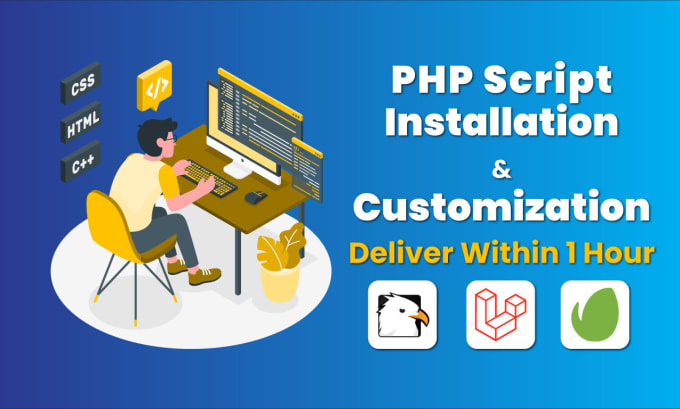Comprehensive Guide to Script Installation for a Wide Range of Platforms
Installing scripts across various platforms can be a daunting task for many, especially for those venturing into the world of software and web development for the first time. Whether you're setting up a content management system, launching a SaaS product, or configuring a marketing tool, a seamless installation process is crucial to ensure functionality and efficiency. In this guide, we’ll explore the intricacies of script installation, why it matters, and how you can get started with confidence.
What is Script Installation?
Script installation refers to the process of integrating and configuring pre-written code or software scripts on a server, hosting environment, or local setup. These scripts can range from simple automation tools to complex web applications, including e-commerce platforms, CRM systems, or social media management tools.
Why Script Installation Matters
- Efficiency: Proper installation ensures the software runs smoothly, reducing the risk of errors.
- Customization: Many scripts come with configurable options to tailor the application to specific needs.
- Cost-Effectiveness: Using pre-written scripts can save time and development costs.
- Scalability: A well-installed script is easier to update and scale as your needs grow.
Platforms That Require Script Installation
- Content Management Systems (CMS)
Platforms like WordPress, Joomla, and Drupal rely on script installation for setup and customization. Installing plugins, themes, and custom functionalities often involves configuring scripts on your server. - E-Commerce Solutions
Tools like Shopify, Magento, and WooCommerce require script installation for features like payment gateway integration, inventory management, and analytics. - Customer Relationship Management (CRM) Systems
CRMs like Zoho, Salesforce, and HubSpot often need scripts for integrating email, tracking customer interactions, and automating workflows. - Social Media Management Tools
Applications such as Stackposts or WhatsCRM use scripts for automating posts, analyzing performance, and managing multiple accounts seamlessly. - Custom SaaS Platforms
Many SaaS platforms, like WhatsHam or Stockifly, require tailored installation processes to cater to multi-tenant environments and ensure optimal performance.
How to Install Scripts
- Understand Your Requirements
Define what you need the script to do and choose a compatible platform or server environment. - Prepare Your Environment
Set up the necessary server, hosting, or local environment. Ensure all prerequisites, such as PHP, MySQL, or Node.js, are installed. - Download and Unpack the Script
Obtain the script from a trusted source and unzip it to your desired directory. - Configure Settings
Modify configuration files (e.g., .env or config.php) to align with your database credentials and server details. - Upload Files
Use an FTP client or cPanel to upload the script files to your server. - Run Installation Wizard
Many scripts come with an installation wizard accessible via a browser. Follow the prompts to complete the setup. - Test the Installation
Verify that the script functions as intended and troubleshoot any issues promptly.
Tips for a Successful Installation
- Always back up your data before installation.
- Use the latest version of the script for optimal security and features.
- Check compatibility with your hosting provider.
- Refer to the documentation provided with the script.
Conclusion
Script installation is a pivotal step in setting up modern digital tools and platforms. Whether you're running an online store, managing social media, or launching a CRM, understanding the installation process can save you time and effort. With the right approach, anyone can master script installation and unlock the full potential of these powerful tools.
For expert assistance with script installation, don’t hesitate to reach out to professionals who can guide you every step of the way.
